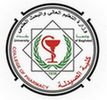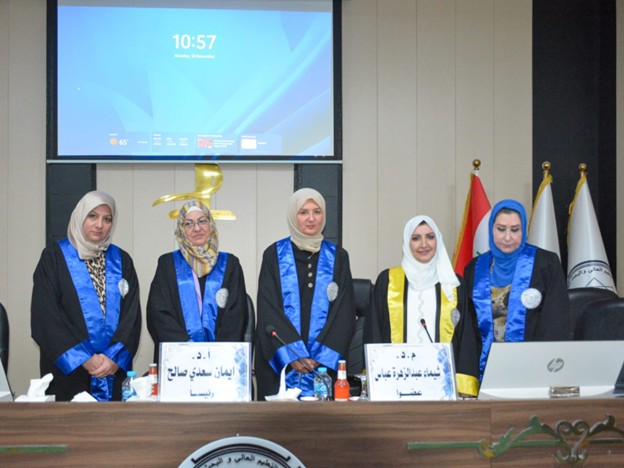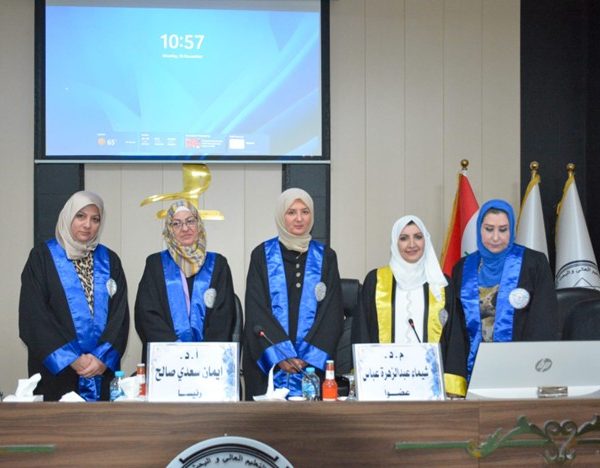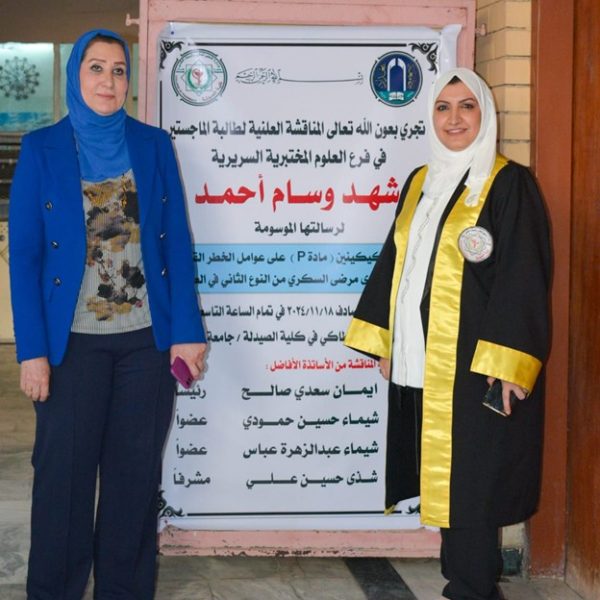The College of Pharmacy discussed the MSc thesis entitled “Association of Substance P Neuropeptide and Total Antioxidant Status with Cardiovascular Risk Factors in Non-Obese Iraqi Type 2 Diabetes Mellitus Patients” by the student Shahad Wisam Ahmed and the supervisor, Professor Dr. Shatha H. Ali, at the clinical laboratory sciences Department. The study aimed to focus on the levels of Substance P (SP) and Total Antioxidant Status (TAS) in the serum of non-obese type 2 diabetes mellitus (T2DM) patients without any diabetic complications. It also aimed to explore the correlation between lipid profile, glycemic indices, SP levels, and TAS, given their significant role in diabetes-related complications, particularly cardiovascular diseases. The case-control study was conducted at the National Center for Diabetes Treatment and Research / College of Medicine / Al-Mustansiriyah University in Baghdad during the period from October 2023 to January 2024. The study included two groups:
Group 1: Consisted of 53 patients with type 2 diabetes mellitus (33 males and 20 females), aged between 35 and 60 years, under the supervision of an endocrinologist.
Group 2: Consisted of 32 healthy individuals (13 males and 19 females), matched with the patients in age, sex, and body mass index (BMI), aged between 30 and 51 years.
The results revealed correlations between Substance P (SP) levels, Total Antioxidant Status (TAS), and metabolic markers in non-obese Iraqi patients with type 2 diabetes mellitus (T2DM). SP showed a significant decrease in serum levels among non-obese patients compared to healthy individuals, with a negative correlation to glycemic indices and lipid profile, and a positive correlation to TAS. Similarly, TAS exhibited negative correlations with glycemic indices and lipid profile, and a positive correlation was found with SP. The ROC curve analysis demonstrated high sensitivity and specificity for both SP and TAS, indicating their potential as promising diagnostic markers for T2DM. Furthermore, a comprehensive understanding of SP interactions with metabolic pathways may contribute to the development of innovative treatments aimed at mitigating diabetes complications, particularly cardiovascular diseases, thereby improving clinical outcomes for T2DM patients. The study recommend to increase sample size to enhances the detection of small effects, improves statistical analysis, and strengthens study outcomes, involving multiple centers, includes patients with diverse BMI ranges (both non-obese and obese) to study variations in the markers and investigates the relationship between substance p and other cardiovascular biomarkers to uncover new correlations and improve findings.





